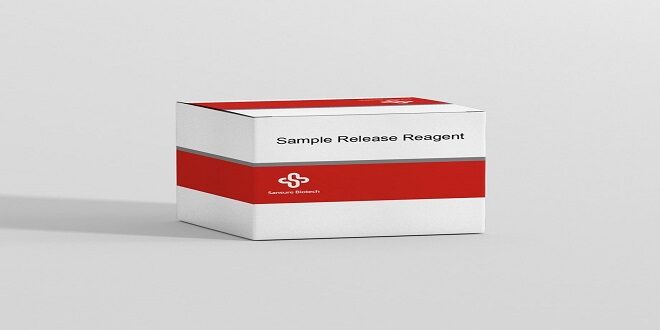A medical sample release reagent is a substance that helps remove toxic or hazardous agents from the body. This can be helpful in cases where exposure to toxic materials has been life-threatening, and before any tests such as blood tests or urine samples have been taken.
What is a Medical Sample Release Reagent?
A Medical Sample Release Reagent is a chemical used to clean and sanitize medical samples before they are sent for testing. It is also used to release any chemicals or other substances that may be present in the sample.
How Does it Work?
A medical sample release reagent is a chemical that is used to dissolve a medical specimen and release the sample’s contents. The reagent is injected into the specimen and causes it to break down. The released sample is then collected and analyzed.
Usefulness of the Medical Sample Release Reagent
The Medical Sample Release Reagent is an important tool in the laboratory. It is used to release embedded blood and tissue samples from hard surfaces, such as glass slides and plates. The reagent works by breaking down the adhesives that attach the sample to the surface. This makes it easier for the lab technician to remove the sample without damaging it.
Conclusion
If you are ever faced with the task of releasing a medical sample, whether it be for research or for personal use, you will want to be familiar with how a medical release reagent works. This article will provide you with an overview of the different types of reagents and their purposes, as well as give you some tips on how to choose the right one for your situation. Armed with this information, you should feel confident when taking any necessary steps to get your sample released without any drama.
 Magazine Today
Magazine Today
